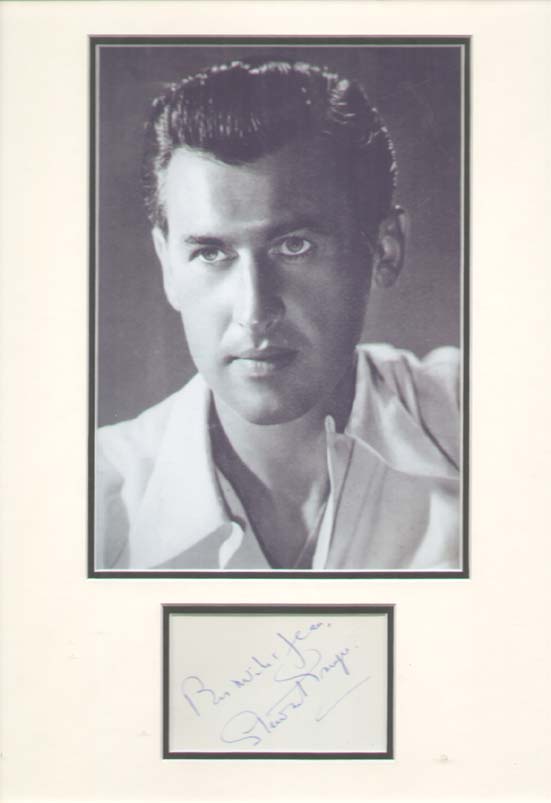What made Stewart Granger a timeless figure in the world of cinema? A bold statement can be made that his legacy continues to inspire and captivate audiences across generations. Despite being relatively unknown to younger audiences today, Granger's contributions to film history remain unparalleled. His illustrious career spanned decades, during which he established himself as one of the most sought-after leading men of his era.
Born James Lablache Stewart on May 6, 1913, in London, England, Granger descended from an impressive lineage, including his great-grandfather Luigi Lablache, a renowned opera singer. However, unlike many of his predecessors, Granger chose a different path. Initially considering a career in medicine, he attended Epsom College before shifting gears toward acting. This decision led him to enroll at the prestigious Webber-Douglas School of Dramatic Art in London. By 1935, Granger had already made his stage debut in The Cardinal at the Little Theatre Hull, marking the beginning of a journey that would define his life.
| Name | Stewart Granger (born James Lablache Stewart) |
|---|---|
| Date of Birth | May 6, 1913 |
| Place of Birth | London, England |
| Education | Epsom College, Webber-Douglas School of Dramatic Art |
| Family Background | Son of Major James Stewart, OBE; Great-grandson of opera singer Luigi Lablache |
| Stage Debut | The Cardinal at the Little Theatre Hull (1935) |
| Film Career | Popular leading man from the 1940s to early 1960s; Associated with Gainsborough melodramas and heroic roles |
| Notable Films | King Solomon's Mines, Scaramouche, The Wild North |
| Personal Life | Married to actress Jean Simmons; Daughter Tracy Granger |
| Legacy | Renowned for his charm and versatility; Remembered fondly by fans and peers alike |
| Reference | IMDb Profile |
Granger's rise to fame was nothing short of meteoric. During the 1940s, he became a household name through his appearances in the Gainsborough melodramas, a series of films that captivated British audiences. These productions were characterized by their dramatic flair and romantic undertones, perfectly suited to Granger's charismatic persona. As his popularity grew, so did his opportunities, leading to collaborations with some of Hollywood's most celebrated directors and actors.
In the realm of adventure films, Granger carved out a niche for himself. Roles such as Allan Quatermain in King Solomon's Mines showcased his ability to portray rugged, heroic characters with ease. His performance in Scaramouche, alongside Janet Leigh and Eleanor Parker, further cemented his status as a versatile actor capable of handling both action-packed sequences and tender love scenes. Even in later years, Granger continued to deliver memorable performances, proving that age was no barrier to his talent.
Off-screen, Granger led a fascinating personal life. He married actress Jean Simmons in 1952, and together they welcomed a daughter, Tracy Granger. Their union added another layer of intrigue to Granger's public image, as both partners enjoyed successful careers in the entertainment industry. Despite challenges faced by any high-profile couple, the Grangers maintained a close-knit family unit, often appearing together at events or working on projects side by side.
The New York Times once described Granger as a young man worth watching, a testament to his enduring appeal. Indeed, his work ethic and dedication to his craft earned him numerous admirers throughout his lifetime. Whether it was his portrayal of complex characters or his commitment to bringing stories to life, Granger consistently delivered performances that resonated deeply with audiences. Tasmania, Australia, also recognized his talents, hailing him as someone who gained many admirers during his career.
Throughout his career, Granger demonstrated remarkable adaptability. While initially associated with classic British cinema, he seamlessly transitioned into Hollywood blockbusters, earning respect from critics and fans alike. His ability to embrace new challenges while staying true to his artistic roots set him apart from contemporaries who struggled with similar transitions. In doing so, Granger not only extended his professional lifespan but also enriched the cinematic landscape with his unique contributions.
By the time of his passing on August 16, 1993, Granger had left an indelible mark on the world of film. His legacy lives on through the countless individuals inspired by his work and those who continue to discover his films anew. For many, Granger remains a symbol of elegance, talent, and perseverance—a reminder that true artistry transcends temporal boundaries.
While Granger may not command the same level of recognition among millennials as other stars of his era, this does little to diminish his significance within the annals of film history. A cursory examination of his oeuvre reveals an artist whose passion for storytelling never wavered. From his early days on the stage to his final appearances on screen, Granger remained committed to delivering authentic, compelling performances that spoke directly to the human experience.
Ultimately, Stewart Granger's story serves as a powerful reminder of what it means to pursue one's dreams relentlessly. Born into privilege yet choosing a path fraught with uncertainty, he exemplified courage and determination at every turn. Through hard work and unwavering belief in his abilities, Granger achieved greatness, leaving behind a body of work that continues to inspire and entertain audiences worldwide.
As we reflect upon his life and achievements, it becomes clear that Stewart Granger deserves far more than mere remembrance—he deserves celebration. His impact extends beyond mere box office numbers or critical acclaim; rather, it lies in the hearts of those touched by his artistry. And perhaps therein lies the greatest testament to his enduring legacy: the knowledge that his spirit will forever live on through the magic of cinema.

